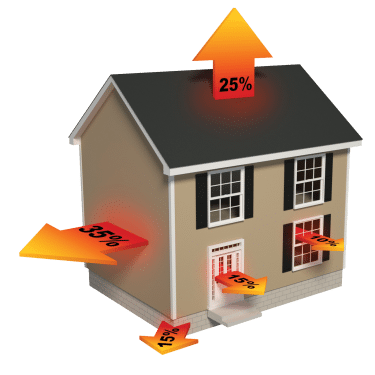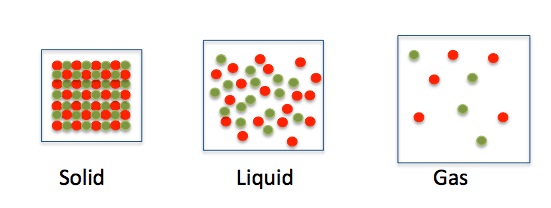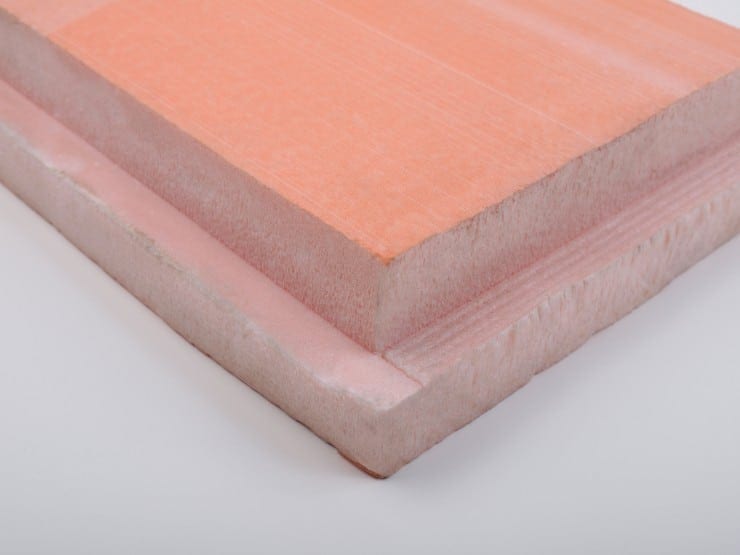3 Ways to Insulate Siding and Reduce Home Energy Loss
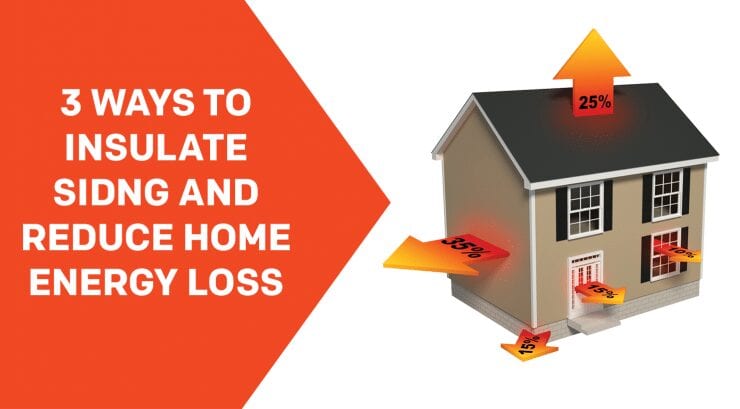
3 Ways to Insulate Siding and Reduce Home Energy Loss
There is no better time to add insulation to the walls of an existing home than when new siding is installed. The old siding will either be removed or covered up in the process, making it easy to add insulation a number of ways. Alternatively, adding insulation to the walls can also be done from the inside, which requires the removal of drywall and can be more difficult and expensive than it’s worth. This article discusses three ways you can insulate siding and reduce home energy loss.
Walls account for 35% of energy loss in a home, more than any other component, including the roof, windows, and doors. This makes the walls a great place to start when improving the energy efficiency of a home. Even the United States Department of Energy (DOE) agrees that “when new siding is to be installed, it is a good idea to consider adding insulation under new siding.”
There are three primary ways to add insulation to a home when siding is installed:
-
Blow insulation into the cavity
-
Add flat rigid insulation to the wall before the siding is installed
-
Install insulated vinyl siding
Luckily, if high levels of energy savings is your goal, any combination of these solutions can be used to increase energy efficiency. It’s important to understand how various insulation products work so you can determine which solution, or solutions, are right for your particular project.
How Does Insulation Work?
The type of energy loss you are reducing by adding insulation to the wall of a home is conduction, a process where heat is transferred from one atom to another by direct contact. Solids, liquids, and gases can all transfer heat through conduction, although solids transfer energy most efficiently because the molecules are most tightly packed.
Insulation products work because they are mostly made up of trapped air. Because the molecules of air (gas) are less dense, insulation does not transfer heat quickly through conduction, making it more energy efficient than other materials.
Source: https://study.com/academy/lesson/what-is-conduction-in-science-definition-examples.html
Think about any insulation products you have seen. Large boards of rigid insulation are generally very light and easy to carry, because they are mostly made of air. Fiberglass batt insulation is also lightweight and compresses when pressed, indicating there is a lot of air in between the fiberglass material.
Blown-In Insulation
When new siding is installed, the old siding can be left in place, or torn off before the new siding is installed. In either case, a qualified installer can blow loose fill insulation, typically either cellulose or fiberglass, into each cavity.
Installers start by puncturing holes in the side of the house between each stud, at the top of the wall. They then insert a tube into each hole that will blow the insulation into the wall, which will fill the cavity. The holes are then plugged before new siding is installed.
This is a great option for homes that don’t have cavity insulation, or insulation that has settled in the wall over time, but it does not stop energy loss due to thermal bridging through the studs.
Blown in insulation can be added to a wall without installing new siding. However, from the exterior it creates large, unsightly holes that must be plugged, sanded, and painted to try and match the rest of the siding. Blown in insulation can also be installed from the interior, but similar holes made in the drywall must be plugged, patched, sanded, and painted.
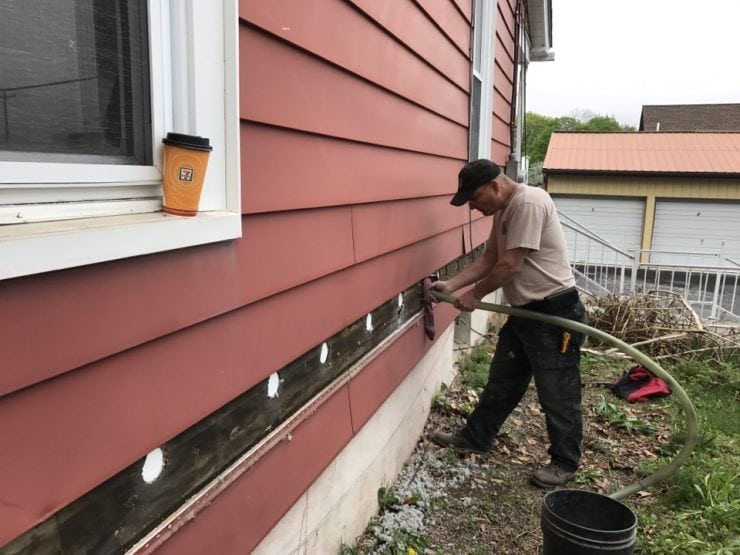
Source: https://www.fieldsservice.com/webapp/p/539/furnace-and-air-conditioning-repair-in-nazareth-pa?page=4
Flat Board Insulation
Continuous insulation under new siding has become a popular way to improve energy efficiency on an existing home because it addresses a problem known as thermal bridging.
Most homes in the United States are built with traditional wood frame construction, with studs every 16” on center. Even if a home has insulation in the cavity, heat can bypass that insulation and transfer through the wall across the wood studs.
Nearly 25% of a home’s wall is made up of these studs that typically aren’t covered in insulation. That’s like having one entire wall of a home with no insulation.
By adding a continuous layer of insulation under new siding, you are able to wrap the home in a complete blanket of energy savings. In addition, flat foam insulations can help level out inconsistencies in the wall for a more perfect siding appearance.
The most popular flat foam insulation products used in remodeling are made of expanded polystyrene (EPS), extruded polystyrene (XPS), and graphite polystyrene (GPS). You can learn more about these insulation types here. Thicker products provide more insulating value and typically come in 4’x8’ sheets. Thinner products traditionally come in 4’x50’ fanfolded bundles. (insert pictures of insulated sheathing and fanfold)
Insulated Vinyl Siding
Another option for adding insulation to the walls of a home is to use insulated vinyl siding. Although using flat insulation with traditional siding can be a cheaper alternative, it doesn’t come with all the additional benefits that insulated vinyl siding can provide.
Similar to blown in insulation, insulated vinyl siding provides r-value for improved energy efficiency. And just like flat insulating sheathings and fanfolds, insulated siding also levels the wall for a better looking siding job. But insulated vinyl siding has one unique feature: contoured insulation that is permanently adhered to vinyl siding.
Contoured insulation not only insulates the home, but also provides support to the siding panel, helping to maintain the “just installed” look for years to come. The foam backer also acts as a shock absorber for the siding, significantly improving impact resistance and protecting it from impact damage from things like hail, baseballs, and rocks thrown from the lawnmower. Learn more about insulated vinyl siding and it it's right for you.
Summary
If you’re looking to improve the energy efficiency of an existing home, there are many ways to add insulation to the walls. Blown in, flat foam insulation, and insulated vinyl siding are all popular ways to improve energy efficiency.
Depending on the scope of your project, your budget, and how much energy savings you’re aiming for, all three of these solutions can be used on their own or in combination with each other to meet your energy savings needs.

